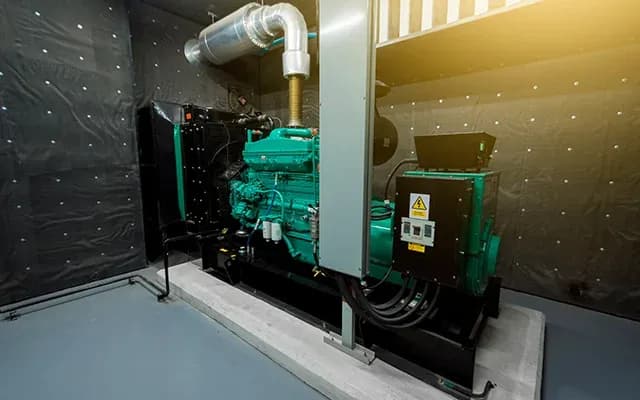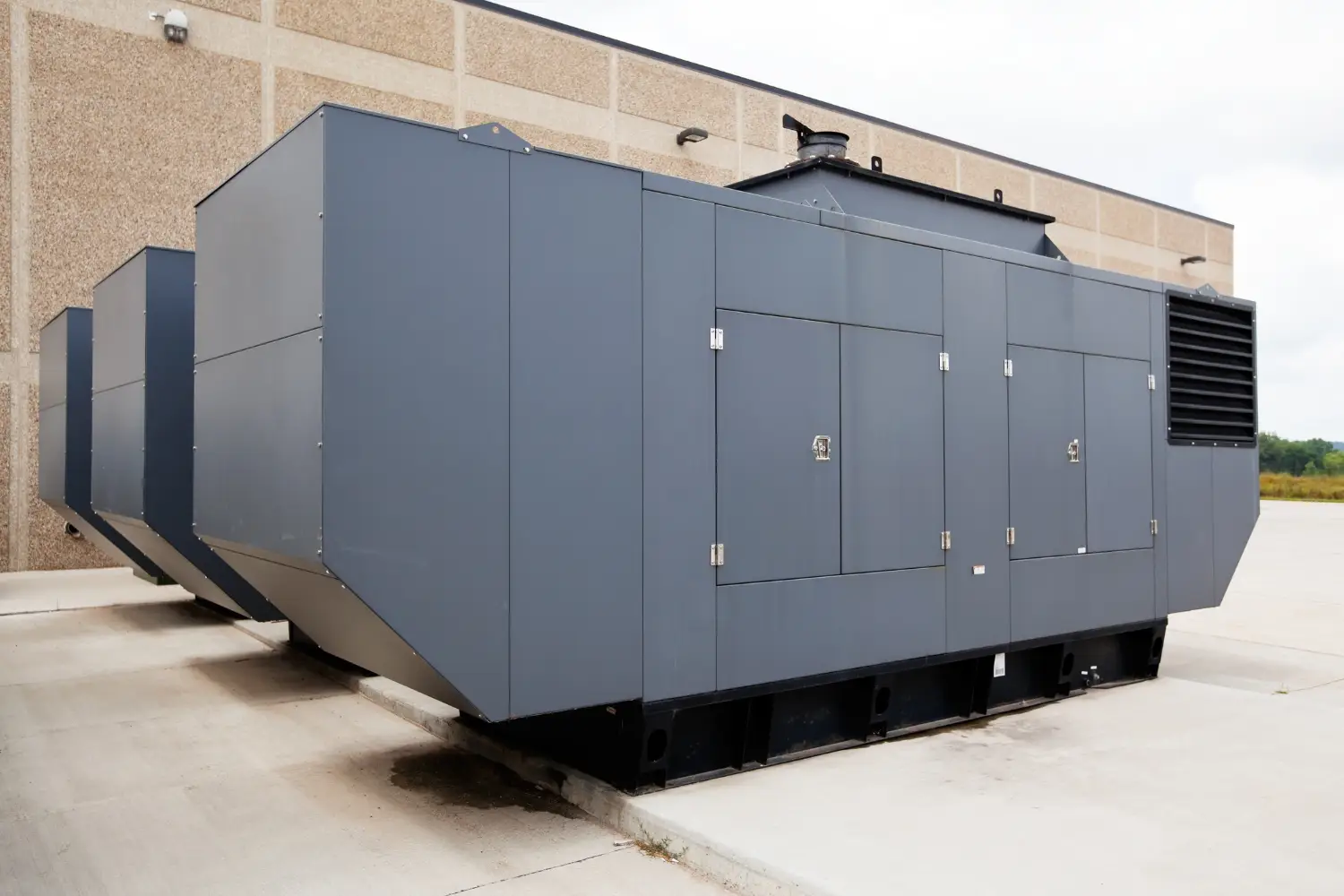Silent Power Generator: What It Is, What It's For, and How It Works
What Is a Silent Power Generator?
A silent power generator is a device designed to supply electricity with minimal noise emission. These generators use specialized technologies to reduce sound and vibrations, making them ideal for residential, commercial, and event environments where silence is important.
Definition and Key Features
These units combine high-efficiency engines, acoustic insulation systems, and anti-vibration designs to deliver stable and quiet energy.
Difference Between Silent and Traditional Generators
The main difference is noise level. Traditional generators can operate above 90dB(A) at 1.5m, while silent generators operate at up to 65dB(A) at 1.5m, ensuring greater acoustic comfort.
Why Use a Silent Power Generator?
Noise Reduction and Acoustic Comfort
Silent generators are suitable for sound-sensitive locations like hospitals, supermarkets, schools, and homes due to their low noise levels.
Benefits, Versatility, and Practical Applications
Ideal for all sectors, silent generators deliver electricity without disturbing the environment.
Energy Efficiency and Fuel Economy
The generator’s control module automatically adjusts the required power output, resulting in lower fuel consumption.
How Does a Silent Power Generator Work?
A silent generator operates by converting mechanical energy into electrical energy using electromagnetic principles combined with advanced acoustic control technologies. Unlike conventional models, these generators are built to maintain energy efficiency and durability while operating at significantly reduced noise levels.
Operating Principle: Electromagnetic Induction
Electricity generation is based on electromagnetic induction, discovered by Michael Faraday. In silent generators, an engine—typically powered by diesel, natural gas, or renewable sources—drives critical internal components.
This movement converts mechanical energy into electrical energy through the interaction between a magnetic field and a conductive coil.
Magnetic Field and Coil
At the core is a magnetic field generated by permanent magnets or electromagnets. This field surrounds a structure called the stator, which contains the conductive wire coil.
As the rotating coil (rotor) spins within the magnetic field, it cuts through the magnetic lines of flux. This movement induces an electromotive force (EMF), generating an electric current. The quality of the materials and coil design directly influences the generation efficiency.
Rotation and AC Current Generation
The continuous rotation of the coil produces alternating current (AC), which switches direction in regular cycles—standard for most residential and industrial applications. The rotor’s revolutions per minute (RPM) determine the current frequency, typically set to 60 Hz in countries like Brazil.
Commutator, Brushes, and Current Regulation
The generated current must be transferred from the rotor to the external circuit. This is done via a commutator and carbon brushes or metallic contacts.
Modern models feature electronic regulation systems that monitor and automatically adjust output voltage, stabilizing power supply and protecting connected devices.
Noise Reduction Technologies
What truly distinguishes a silent generator from a conventional one is its layered acoustic engineering. Various technologies work in tandem to reduce noise without compromising energy performance.
Mufflers and Acoustic Insulation
The exhaust system is equipped with high-performance mufflers that filter noise from combustion and exhaust gases. The engine and alternator are enclosed in housings lined with acoustic materials such as foam or ceramic fiber, which absorb and dissipate sound.
Compact and Anti-Vibration Design
The internal components are mounted with anti-vibration supports, and the external housing is aerodynamically designed to eliminate resonance points. This compact structure reduces both size and weight, making the generator easier to transport and suitable for various installations—from homes and events to large-scale industries.
This combination results in noise levels ranging from 85dB(A) to as low as 65dB(A) at 1.5m.
Main Categories and Models of Silent Generators
Portable generators
Trailer-mounted mobile generators
Stationary generators (for industries or large buildings)
Renewable energy generators (solar, wind-powered)
Backup generators (crucial for hospitals and data centers)
Advantages of Investing in a Silent Generator
Acoustic comfort in sensitive environments
Safe and efficient operation (modern units include overheating and oil level sensors)
Greater durability and advanced technology
Energy savings during peak pricing periods
Silent Generator Applications
Outdoor areas and nature reserves
Outdoor events and celebrations
Homes during power outages
Construction sites and urban projects
Gardening tasks and business activities requiring silence
5 Tips to Use and Maintain Your Silent Generator
Read the user manual to understand all specific guidelines.
Check oil and fuel levels regularly.
Perform scheduled maintenance such as oil changes and filter cleaning.
Ensure proper ventilation during use to avoid carbon monoxide buildup.
Store the generator in a clean, dry place.
Comparison: Silent Generator vs. Open-Frame Generator
Choosing between a silent and a traditional generator involves several technical and practical factors:
Noise Level
Open-frame generators can exceed 90dB(A) at 1.5m (similar to heavy traffic), while silent generators operate at around 65dB(A)—like loud conversation. That makes them ideal for hospitals, schools, homes, and outdoor events.
Application Versatility
Silent generators are more versatile due to their low noise and high efficiency:
Residential backup during blackouts
Outdoor events (weddings, fairs, shows)
Camping and remote travel
Commercial and industrial operations requiring quiet backup power
Open-frame generators are better suited to noise-tolerant settings like large construction sites, farms, or heavy industries.
Additionally, in professional settings, silent generators add value through improved customer experience, noise regulation compliance, and reduced legal complaints.
Discover our products.





